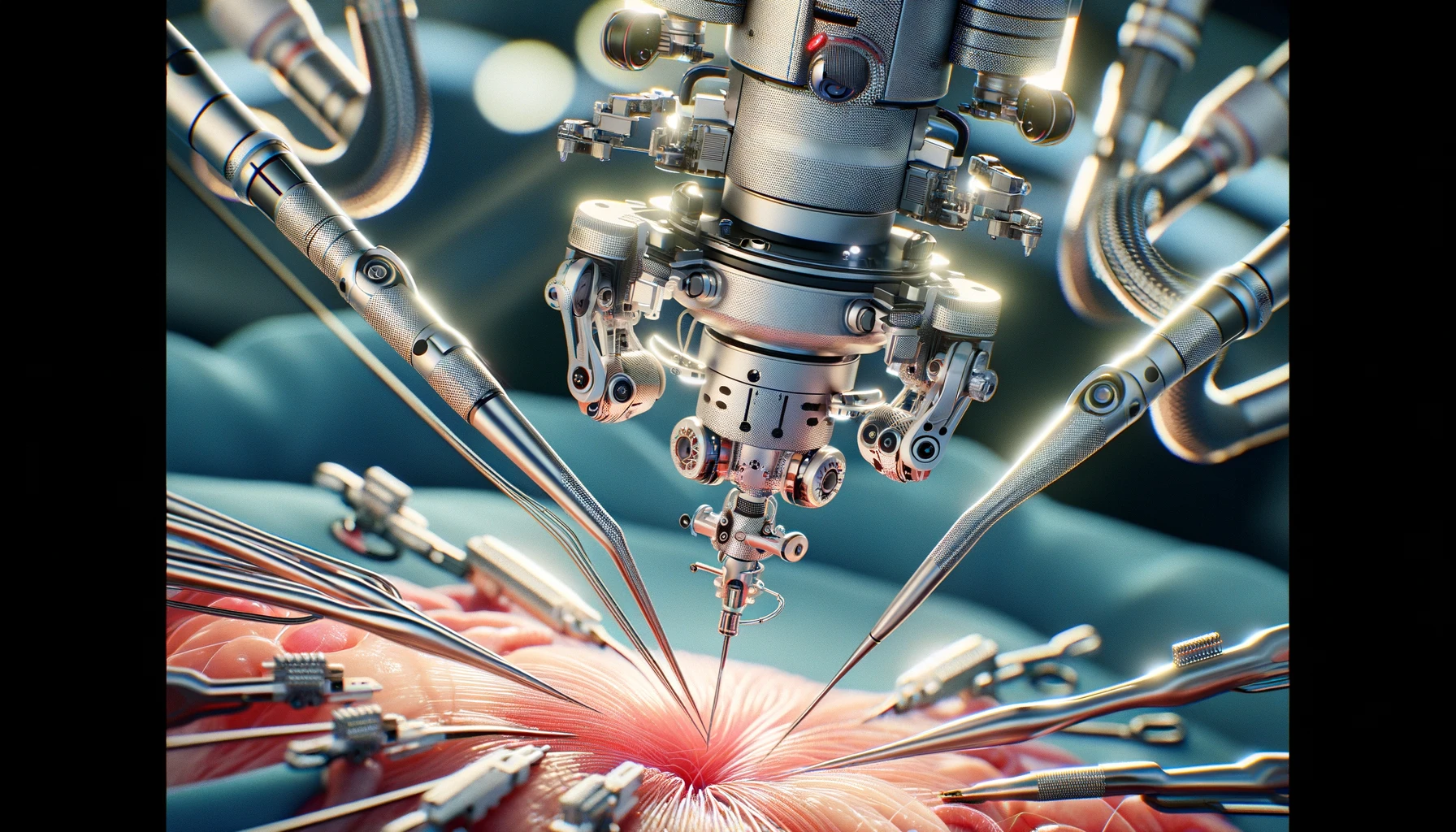Compression Springs in Miniature: Scaling Down for Robotic Precision
Introduction
In the realm of robotics, precision and efficiency are paramount, especially as the industry trends towards more compact and complex systems. Miniature compression springs are at the forefront of this evolution, offering critical functionality in tight spaces. The development of these tiny but mighty components has been fueled by advancements in technology that demand smaller, more precise mechanical parts. This article aims to explore the journey of miniature compression springs from their conceptual beginnings to their current pivotal role in robotics. By leveraging innovative tools such as 3D Spring CAD models, 3D Coil Spring Blueprints, and online spring force testers provided by Acxess Spring, designers are pushing the boundaries of robotics, making more effective strides towards the future where mechanical efficiency and compact design go hand in hand.


Introduction
In the realm of robotics, precision and efficiency are paramount, especially as the industry trends towards more compact and complex systems. Miniature compression springs are at the forefront of this evolution, offering critical functionality in tight spaces. The development of these tiny but mighty components has been fueled by advancements in technology that demand smaller, more precise mechanical parts. This article aims to explore the journey of miniature compression springs from their conceptual beginnings to their current pivotal role in robotics. By leveraging innovative tools such as 3D Spring CAD models, 3D Coil Spring Blueprints, and online spring force testers provided by Acxess Spring, designers are pushing the boundaries of robotics, making more effective strides towards the future where mechanical efficiency and compact design go hand in hand.
The Historical Context
The historical journey of springs from rudimentary mechanical devices to sophisticated components in robotics mirrors humanity's progress in engineering and technology. Initially used in simple machines for storing mechanical energy, springs have become integral in the precise and complex mechanisms of modern robotics. The miniaturization trend is part of the broader technological advancement towards smaller, more efficient devices. Understanding the evolution of springs, including the materials and designs used through the ages, provides valuable insights into the current state of spring technology and its future direction.
The Role of Miniature Compression Springs in Robotics
Miniature compression springs serve as the backbone for various robotic functions, offering essential qualities like high strength, flexibility, and reliability. In the constrained spaces of robotic mechanisms, these springs provide the necessary force for movement and precision. From the delicate tasks performed by surgical robots to the robust operations of industrial robotic arms, miniature compression springs enable a wide range of functionalities. Their application in robotics showcases the importance of mechanical components in complementing electronic systems for optimal performance.


Design Challenges
Designing miniature compression springs for robotics involves navigating a complex landscape of technical requirements. Spring material selection becomes crucial, as the springs must withstand repeated use without losing their properties of deflection. The choice of spring material affects the spring's performance, including its durability and how it behaves under different environmental conditions. Spring geometry, including the index of the mean diameter and the amount of coils, must be optimized for the specific application, balancing force requirements with space constraints. Manufacturing these precision components requires advanced techniques to achieve the tight tolerances necessary for robotic applications.
Innovative Solutions and Case Studies
Innovative use of miniature compression springs in robotics is evident in various applications. Microsurgical robots, for example, rely on these springs for their ability to perform precise movements, a critical aspect of successful surgeries. Similarly, robotic grippers in manufacturing settings demonstrate the springs' capability to deliver precise force in a compact package, ensuring efficiency and safety in operations. These case studies not only highlight the versatility of compression springs in robotics but also underscore the ongoing innovation in mechanical spring design that supports the advancement of the field.


Acxess Spring's Contribution to Innovation
Acxess Spring's tools like Spring Creator 5.0 which gives you custom 3D Spring CAD models, 3D Spring Blueprints, and the advanced online spring force tester are revolutionizing the way designers approach the creation of miniature compression springs. These tools facilitate the design process from conception to production, allowing for precise spring customization and accurate testing of springs before they are physically manufactured. This not only reduces the time and cost associated with development but also ensures that the final products are optimized for their specific applications in robotics. Acxess Spring's contributions are invaluable resources for anyone looking to innovate in the design and use of compression springs in robotics.
Conclusion
The significance of miniature compression springs in the advancement of robotics cannot be overstated. As we move forward, the collaboration between mechanical engineering and innovative spring design tools will continue to play a crucial role in developing more efficient, reliable, and compact robotic systems. The exploration of new materials, designs, and manufacturing techniques will drive the evolution of compression springs, ensuring their place at the heart of robotic innovation. The future of robotics, with its emphasis on miniaturization and precision, promises exciting developments for compression springs and mechanical components at large.





